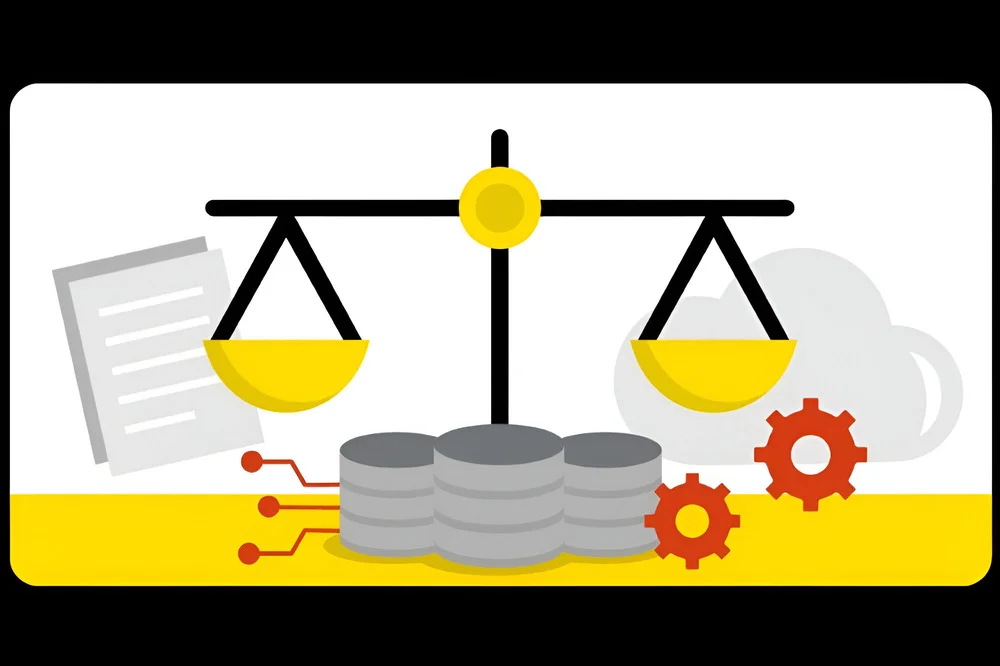Chief data scientist: Job description and requirements

Over the past several years, data scientists working in the corporate world have transitioned from being ancillary providers of value to becoming key players in shaping their firms’ corporate strategies. This evolution has occurred as part of a larger trend of digital transformation. This transformation includes efforts by businesses to centralise their data and integrate analytics-driven insights into both their traditional and non-traditional product and service offerings. Data scientists can help organisations reduce costs, gain business opportunities, improve customer relations and increase profitability.
As a result of the increased importance of data science, data scientists are attaining increasingly senior roles within their firms. The senior-most corporate data scientist is often referred to as the “chief data scientist” (CDS) or “chief data science officer”. Combining a technical knowledge of data science with strong business acumen, the CDS is responsible for ensuring a business’s data science activities generate a successful return on investment (RoI).
As the CDS role becomes more common, the skills necessary to achieve success have become more defined. This means for data scientists who aspire to move into the role, an understanding of the required skills is a necessity. To stand out in an increasingly crucial field, a CDS must be more than just an experienced data scientist and a Master of Data Science degree can help.
What is a chief data scientist?
The chief data scientist bears ultimate responsibility for the success or failure of their firm’s data science initiatives. They must act as the bridge between the technical and business sides of the company, communicating its commercial needs to its data scientists and its technical needs to its chief executives. Their role requires a broad skill set that combines a data scientist’s technical proficiencies with strong business acumen and communication skills.
The chief data science role has become more prominent as many organisations have realised they need someone who can provide their data science projects with strategic leadership. Because the CDS understands data science from both a technical and a business standpoint, they can provide guidance to ensure their firm’s data science projects create real value.
What does a chief data scientist do?
A large part of what a chief data scientist does involves overseeing the broad scope of data-driven operations. They are also heavily involved in developing data strategies that drive company growth. Some examples of decisions that a CDS may need to make when administering the data science projects at their firm include:
- Deciding if their team should keep refining an existing analytics solution or invest time and resources into exploring whether new models could offer better performance
- Assessing whether the time necessary to improve the performance of a project would cost more than the value that the additional performance would generate
- Assessing whether their team has the expertise to complete an upcoming project — if not, the CDS must determine whether any skills gaps can be filled by providing their staff with training or if it’s feasible to hire someone who holds the required skills
- Ensuring all insights created by a project can be understood by the non-data scientists who need to understand them, such as the CEO
The scope of a CDS’ duties can vary depending on the size of the business. Those in smaller firms may take on more technical responsibilities than those in larger companies. For instance, the CDS at a smaller company may have to review code or make technical choices, whereas a CDS at a large firm will likely focus on administrative tasks, such as a review of key performance indicators (KPIs), project development and resource allocation.
Corporate data science projects are only useful if they generate more value than they cost. The above examples are all issues that a CDS may need to consider to ensure their projects deliver strong RoI. To create value for their firm, the CDS must be able to understand how to identify opportunities for commercial gain. Additionally, they must work effectively with C-suite executives, while also possessing the technical skills to oversee their projects to successful completion.

Case example - Improving online sales conversions
The following case provides an example of the decisions that a chief data scientist at a large retailer might have to make to improve the revenue generated by their firm’s online sales portal. Throughout this process, the CDS must keep their superiors reasonably informed of their project’s progress to ensure they have the executive buy-in for the project to be implemented successfully upon its completion.
1. Determining KPI
To start, the CDS uses business knowledge to determine what KPI to improve to maximise profit and then identifies a data science-driven solution to do so. For this example, the CDS might select “sales conversions per site visit” to be their KPI.
2. Using the right data trends
Because they have a knowledge of the data science trends in their industry, the CDS knows that many retailers use predictive analytics to power their online storefronts. These predictive algorithms enable firms to provide customers with personalised product recommendations, which maximises the likelihood they will make a purchase.
3. Making recommendations
The CDS determines that a predictive analytics system is the best way to increase sales through the online storefront. This type of system is called a “recommendation engine”. Recommendation engines are a common form of predictive analytics used in consumer-focused machine learning applications. For instance, they power the music and film/TV recommendations used by services such as Spotify and Netflix.
4. Overseeing crucial decisions
The CDS must now oversee several key decisions, such as how many data scientists should be attached to the project, what language and tools should be used to build it and how it should access and store customer data. These questions require the CDS to consider the effectiveness of each potential solution as well as its development costs.
5. Determining cost and budget
A project’s development costs are the money and time necessary to complete the project, plus the projected risk that something in the project could go wrong (further increasing costs and/or reducing the project’s end value). The CDS may know that graph databases are high-performance solutions for storing the information their recommendation system relies upon, but they would also be aware that most data scientists do not have experience with graph databases, which could raise issues.
6. Deciding on visualisation
If the data science team lacks experience with graph analytics, the CDS must consider whether a graph-based recommendation engine is the best option to pursue. A graph solution may provide the best performance in theory; however, the increased development time and risk of errors that result from the team’s inexperience could ultimately result in it producing lower RoI than other potential solutions.
7. Making a final decision
In this context, the CDS must decide whether a non-graph-based solution could provide sufficient RoI, or consider hiring an outside firm with graph database expertise to consult. The “correct” decision depends on the particular needs, resources and goals of the business — all factors that the CDS must be able to accurately consider as part of their role.
A CDS may have considerable authority to make the above judgement calls by themselves, or they may need to consult extensively with their superiors. A CDS who reports directly to their firm’s CEO will generally have more authority than those who report to a lower-level executive such as the CIO. Whatever the case, the CDS retains ultimate responsibility to ensure the projects under their purview are completed successfully.
How to become a chief data scientist
While there aren’t strict education requirements for the CDS role, an advanced degree such as a Master of Data Science can make individuals competitive in the current market. Most chief data scientists hold a graduate degree and some employers may prefer to only consider candidates with an advanced degree. These programs help students gain expertise in the core concepts associated with data science, such as database systems, statistics and machine learning.
Regardless of degree, it is crucial to gain experience in various data science job roles to properly prepare for a CDS role. This hands-on experience can help professionals gain a comprehensive understanding of the integration of data science into business environments. Developing this understanding can help influence how they approach various strategies as a CDS.
Chief data scientist key skills
Because technology and analysis are pillars of data science, every qualified data scientist must possess strong technical and analytical skills. However, a CDS must know how to combine these skills with strong business sense to build data science strategies that meet an organisation’s needs in context. This business knowledge also means developing a deep understanding of the industry the organisation operates in.
A CDS must possess strong leadership competencies to guide a company toward maximising the potential of data and acting on insights to meet company goals. Additionally, a CDS must build a solid stable of soft skills, including strong communication, interpersonal, organisational, critical-thinking and decision-making skills.
Be a new type of business leader
As corporate digital transformation initiatives continue to deepen the importance of data science to the business world, the chief data scientist position has become increasingly important. The insight a CDS can bring has the potential to encourage an organisation to make bold growth and stability strategies.
The online Master of Data Science program at the University of New South Wales Sydney can help you prepare for such impactful leadership. Our program follows the university’s well-established reputation for preparing its students to succeed in the workforce — it is one of Australia’s top three schools for graduate employability.
Students can specialise in areas such as machine learning, database systems and statistics. Additionally, our data science curriculum focuses on teaching students the skills that are the most in-demand and the hardest for employers to find, maximising your competitiveness within the labour force.
Learn how UNSW Online can help you make a difference in business by visiting our website.









